
The drive will see the world's largest flower exporter catering to a huge demand for agricultural produce in Africa.
In an interview with Business Standard, Sai Ramakrishna Karuturi, founder and managing director, Karuturi Global, details the game plan.
Click NEXT to read on... Photographs, courtesy: Karuturi Global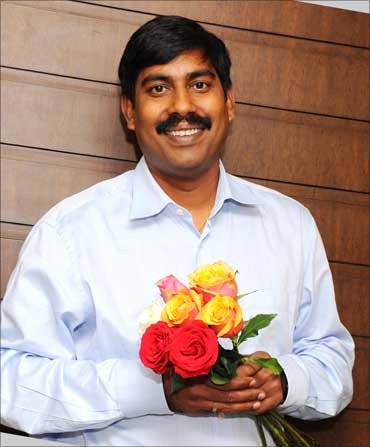
We took a decision three years back to transform the company into a complete agriculture business. Today, I spend 80 per cent of my time on agriculture and the rest on floriculture. We have come this far due to the flower business. We have built a flower business in Ethiopia, bought in Kenya and started in India.
Still, the flower business remains the bedrock of our balance sheet. However, with our expansion plans in agriculture, the inflow from this new stream should be more than the flower business, which contributes around 90 per cent of our Rs 500 crore (Rs 5 billion) top line.
Click NEXT to read on...
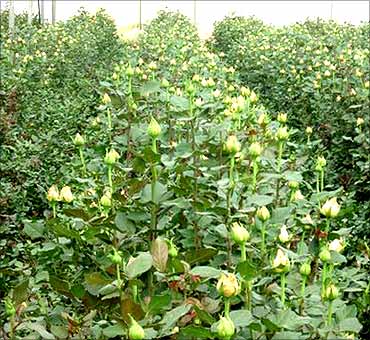
We are planting close to 100,000 acres in agriculture. We have planted 12,500 acres under palm oil, 37,500 acres under sorghum and maize, and the rest under rice. We are hopeful there will be significant contribution from agriculture side to our balance sheet in the fourth quarter of 2010-11.
By 2011-12, agriculture will be an equal contributor and by the next year, agriculture will overtake floriculture. We are also setting up a 7,000-tcd (tonnes crushed per day) sugar plant in Ethiopia. This is the five-year road map for the company.
Click NEXT to read on...

We have the first-mover advantage in some African countries and as a result of this, we got land leases at very competitive prices. Many other companies came in late and had to pay prices as much as four to five times to the price what we paid.
This has caused some heartburn and it is taking different connotations. Besides this, there are some genuine concerns being expressed on carbon footprint and we are addressing those issues as well. However, I would like to add that we are not exploiting any landowner.
Click NEXT to read on...
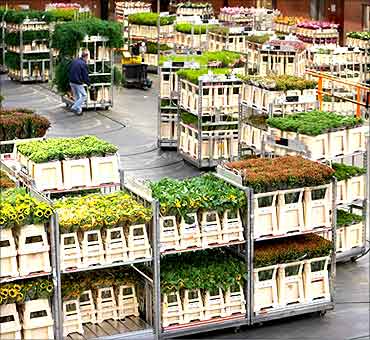
No, most of the consumption is in the African market. Africa has a population of 1 billion, heading towards 1.5 billion. It buys $19 billion worth of food grain. Also, food fetches the highest price in Africa. Sudan is sitting on fossil fuel . Kenya is growing aggressively.
We are going to sign a sovereign pact with the government of Djibouti to supply 5,000 tonnes of rice every year. We are offering a similar deal to the Kenyan government to supply 300,000 tonnes of rice, which they import from Pakistan and Vietnam.
Click NEXT to read on...
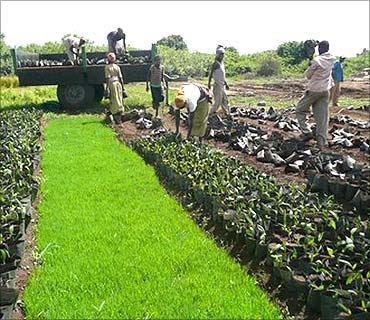
The basic project outlay is $350 million in three to five years for agriculture. We have significant debt offers. The debt-equity will be 75:25. Our debt is not even one year's revenue. That way, we are very debt-light. The debt exposure is around $40 million as of now.
We have undrawn limits of another $40 million. We have proposals for $120 million and we can go up to $200 million of debt. We have taken concrete steps to raise Rs 175 crore (Rs 1.75 billion) through the equity route over the past month and we are studying various other instruments.
Click NEXT to read on...
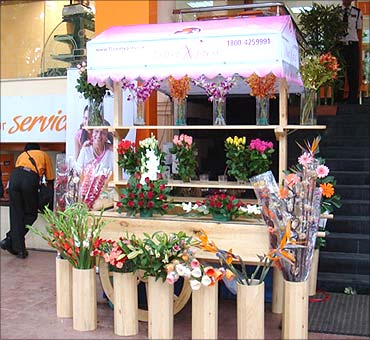
Floriculture is in a steady state. It needs little input from the management. We are the largest player, producing 580 million stems per annum from close to 720 acres in India, Ethiopia and Kenya. We plan to add another 33 per cent capacity in the next 18 months.
From 720 acres, we are planning to take it to 960 acres, with most capacity coming in Ethiopia. We expect our market share in West European market to grow from 9 per cent to 15 per cent in near future.
We have 9 per cent market share in the $1.4-billion European market and plan to take it to 15 per cent in the next three to five years. We are entering the lucrative Japanese market, estimated at $2 billion.
Click NEXT to read on...
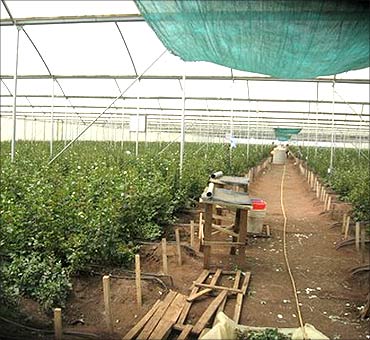
We have a land holding of 24 acres. But we do a lot of contract farming. The model followed in India is that around 96 acres come from contract farming, along with the 24 acres we have. This model is pretty different from our African model.
However, going forward, we are rapidly expanding our holdings. We have emerged as the single largest bidder for Karnataka's recent auction of horticulture farms.
We have bagged close to 2,000 acres of farms for the next 35 years. We have also bagged 600 acres in the Kunigal highway, of which 120 acres will be used for rose production for the Japanese market.